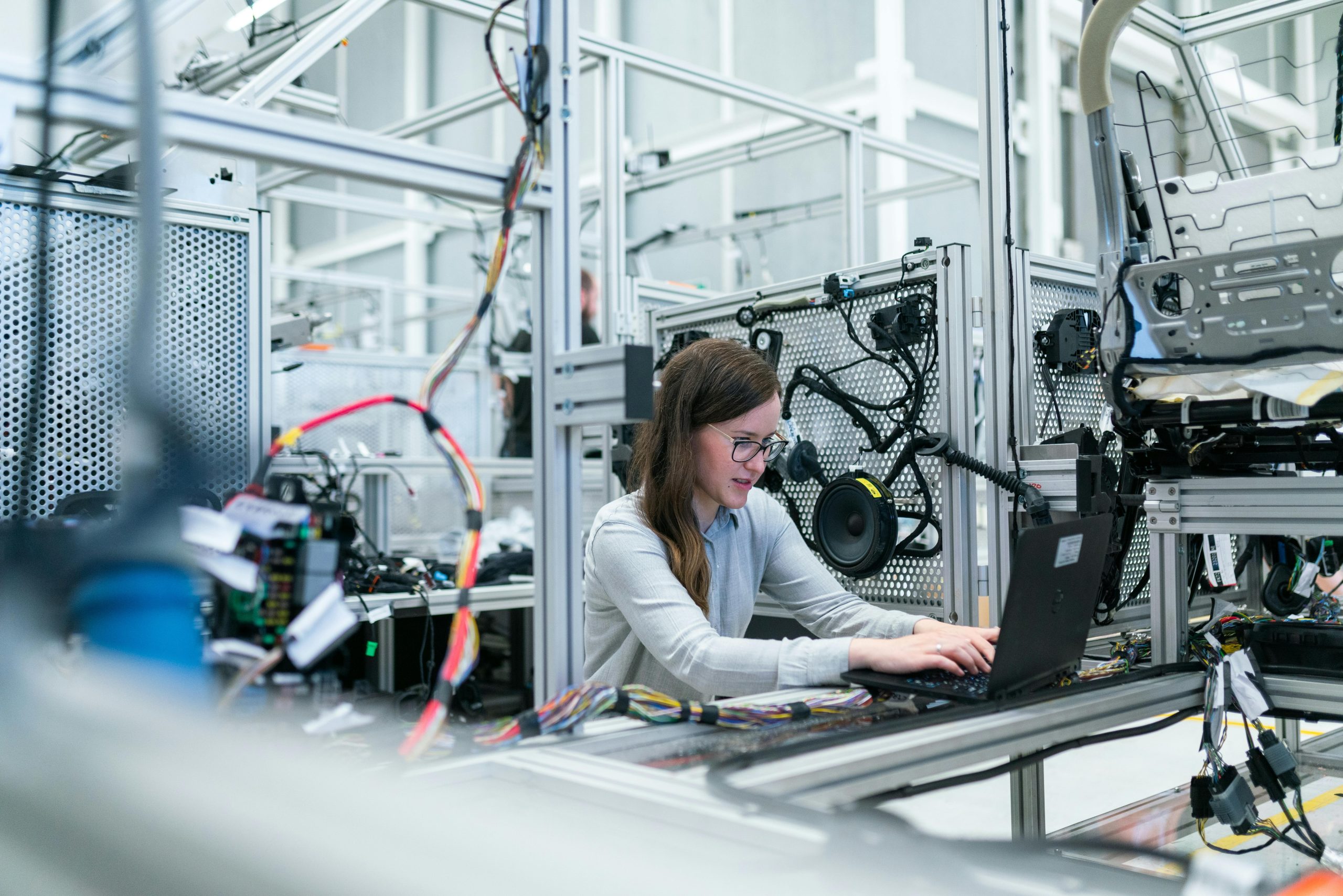How is OpenAI testing things on production all the time?
Understanding OpenAI’s Deployment Practices: A Closer Look at Production Testing and Innovation
In the rapidly evolving landscape of artificial intelligence, organizations like OpenAI are continually pushing the boundaries of innovation. Recently, there has been significant discussion surrounding OpenAI’s approach to deploying new features directly onto their production environment. This practice has raised questions among industry professionals and observers alike.
One notable example involves the introduction and subsequent removal of a new feature called the “Personality Sidekick.” This addition was initially rolled out to users, only to be later withdrawn. Such rapid iteration—adding features and removing them based on real-time testing—evokes comparisons to traditional software development workflows, where development, staging, and production environments are meticulously maintained to ensure stability and compliance.
In typical software engineering best practices, deploying experimental features directly into production without thorough staging or testing phases is considered risky. It can lead to unintended bugs, user experience issues, and operational instability. Companies usually implement multi-stage deployment pipelines where new features are first developed and tested in controlled environments before being exposed to end-users.
OpenAI’s approach, as perceived by many in the industry, appears to diverge from these conventional practices. The organization seems to experiment openly on their live platform, making quick changes, and iterating based on real-world feedback. While this model can accelerate innovation and allow for rapid refinement, it raises questions about stability, reliability, and regulatory compliance.
From a legal and operational standpoint, deploying features directly on a live platform without the safeguards typical of staged deployment can be complex. Organizations are generally subject to various regulations depending on their jurisdiction, especially when handling user data or offering services at scale. Ensuring compliance often necessitates rigorous testing and validation before features reach production environments.
It is vital to recognize the unique nature of AI development and deployment. Companies like OpenAI operate at the forefront of technological innovation, balancing rapid experimentation with ethical and operational considerations. While their approach may differ from traditional software deployment practices, it underscores a broader shift in how cutting-edge AI services are tested and refined—often in real-time, directly in the hands of users.
In conclusion, OpenAI’s current methodology exemplifies a bold, experimental approach to AI deployment—one that prioritizes innovation and user feedback, sometimes at the expense of traditional staging procedures. As the industry continues to evolve, understanding and critically assessing these practices will be essential for aligning technological progress with stability, safety, and compliance standards.














Post Comment